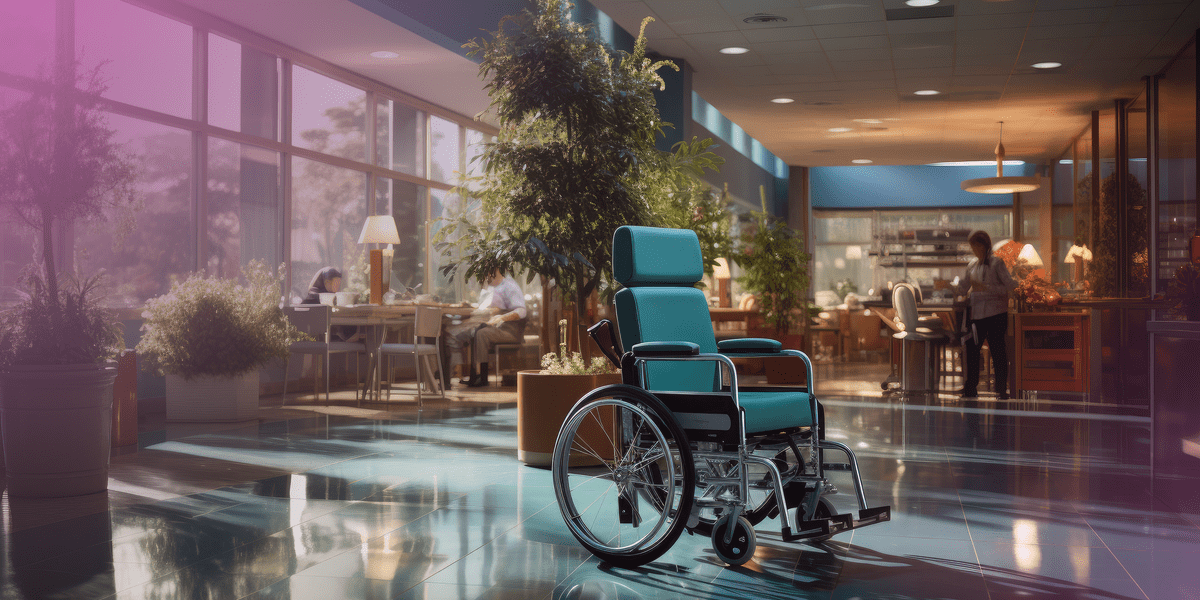
Using primary health behavioural insights such as challenging social norms and increasing the perceived difficulty of an activity, we can reduce the strain on emergency phones lines.
What’s the challenge?
Emergency phone lines are the first point of contact in directing police, fire and ambulance services to address life threatening situations. Most calls to emergency phone lines are genuine. However, many calls are either non-emergency or hoaxes. One third of all NSW calls to 000 in June 2014 were deemed “non genuine”. These non-emergency or hoax calls hinder the ability of our emergency services to deal with genuine emergencies.
The overarching goal for emergency service staff is to reduce the amount of time they spend dealing with “non genuine” calls. In order to achieve this, behaviour change is required. People must be deterred from calling emergency services when they find themselves in a situation that can be dealt with by an alternative health care service. If the volume of non-genuine calls is reduced, more lives have the potential to be saved.
Changing behaviour.
There are two broad levers for behaviour. The first is motivation, where the behaviour is made to be more desirable. The second is ease, where the behaviour becomes easier to do. In this case, it is desirable to deter a behaviour, so it must be made less desirable or more difficult.
Possible solutions.
The first solution is derived from the behavioural lever of motivation, by creating a social norm around calling emergency services. The Victorian government recently launched a campaign to reduce “non genuine” 000 calls. The campaign was developed in conjunction with Behaviour Works Australia and The Shannon Company. According to Behaviour Works Australia the campaign is “about shifting the social norm from ‘000 is there whenever you feel like calling’ to ‘only use this in an emergency’”. The advertising focuses on real ambulance success stories. Importantly, the stories highlight the life threatening nature of the injuries and the importance of quick response times. The advertising implies and explicitly points out that emergency services need to be kept free for serious injuries “like this”. It is still early days for this campaign, but it is expected that it will result in a reduction of “non genuine” calls to 000. Through this campaign, the behaviour of calling emergency services becomes less desirable, and outside of what is socially acceptable.
The second solution derives from the behavioural lever of ease, by increasing the difficulty of contacting emergency services and increasing the wait time for response. Although this might seem counterintuitive, the Behavioural Insights Team (BIT) in the UK conducted an analysis of calls to the Police 101 number across three districts and found that increasing the wait time led to a reduction in “non genuine” calls. When callers were forced to wait six seconds, 10% of the calls answered were deemed inappropriate, compared to 40% of callers who were only dealt with a one second wait. This then increases the difficulty of the behaviour, and is likely to eliminate those who lack significant motivation.
Talk to us about primary health behavioral insights and how they can influence your next campaign.
*This article was written by Asher Hunter, who is an expert researcher and Ellis Jones collaborator.
Asher has worked as a researcher and strategist helping corporations understand human behaviour to make better business decisions, and has now decided to apply this expertise to help deliver better social outcomes. He has worked across the health sector for both Government departments and private companies.
Asher is fascinated by the psychology behind human behavior, especially the hidden drivers that people find hard to articulate. This has led Asher to experiment with different research techniques to get a true understanding of what drives behaviour. He has an applied knowledge of behaviour insights and how understanding cognitive bias’ can drive effective behaviour change.

